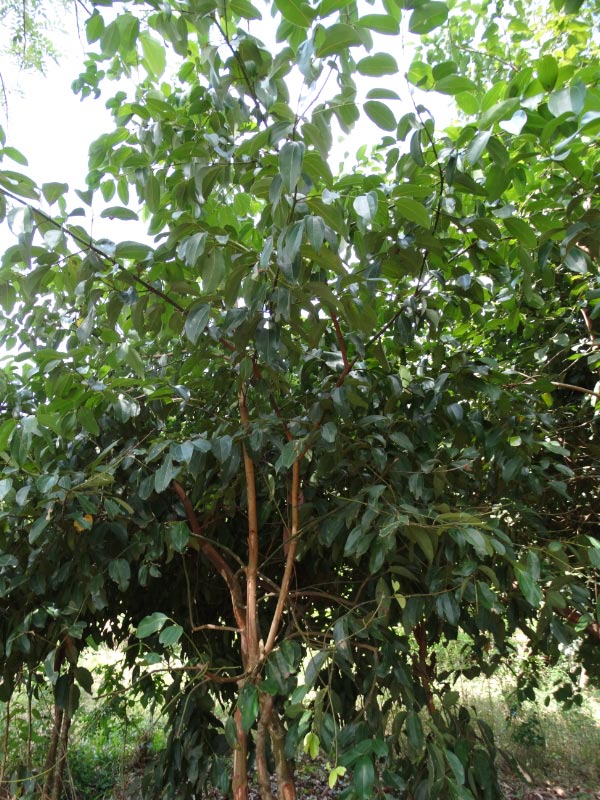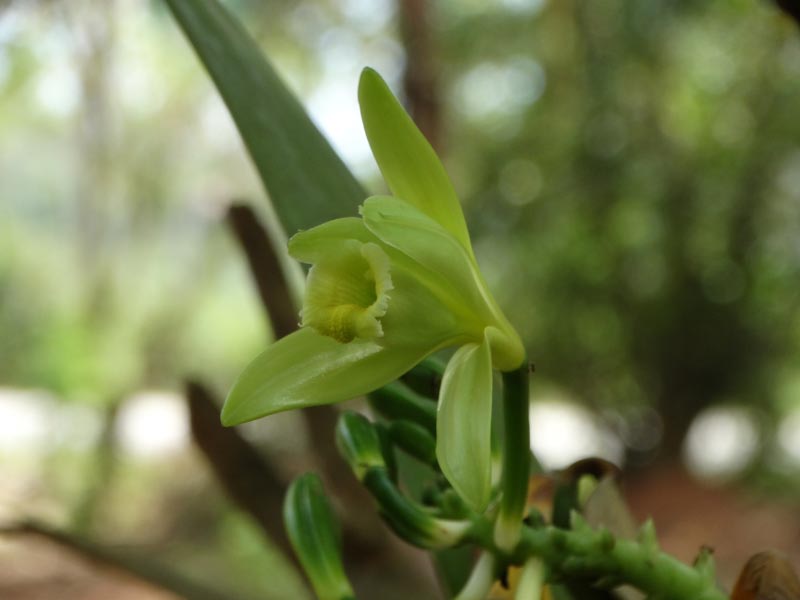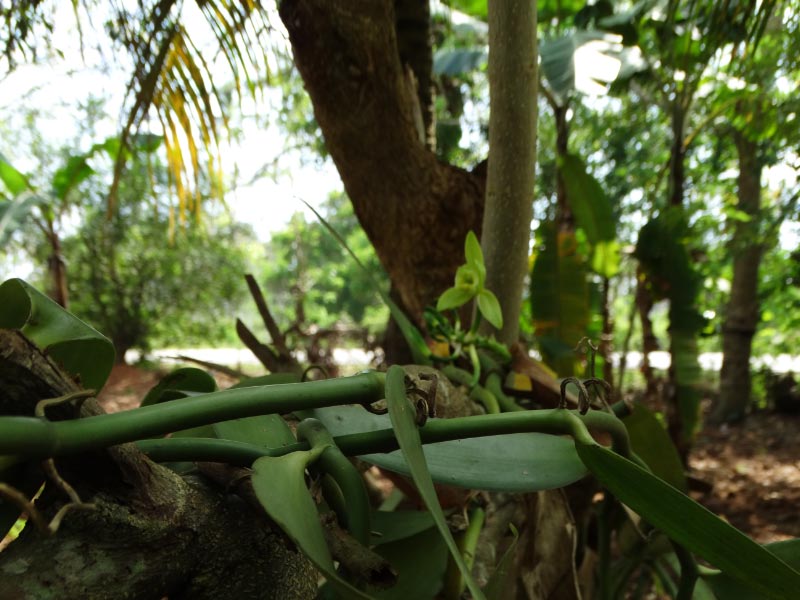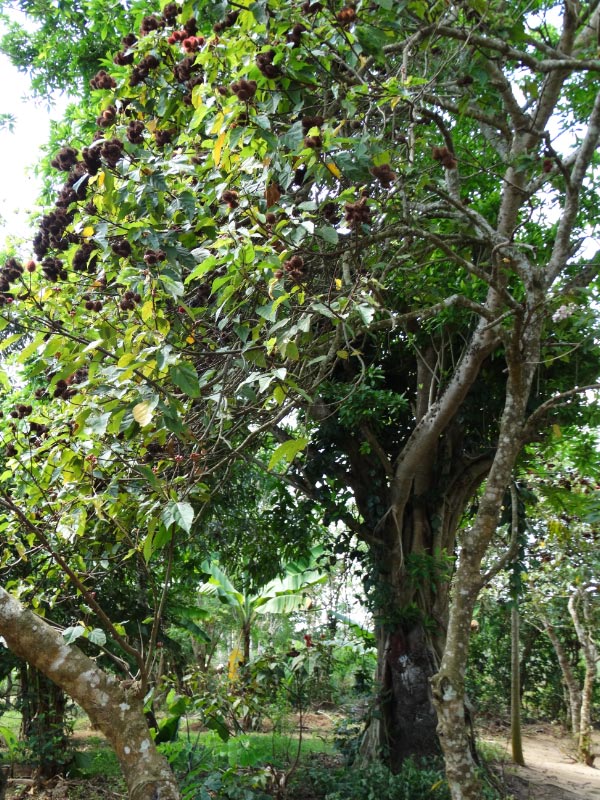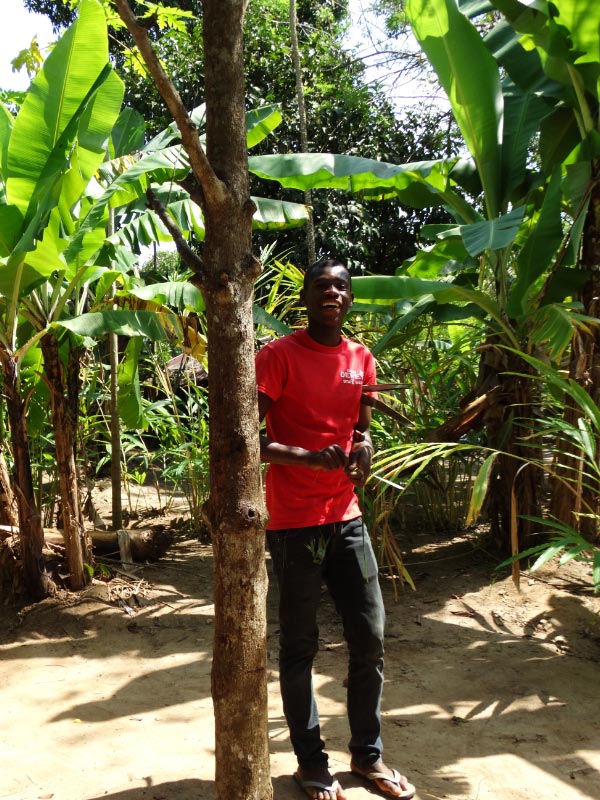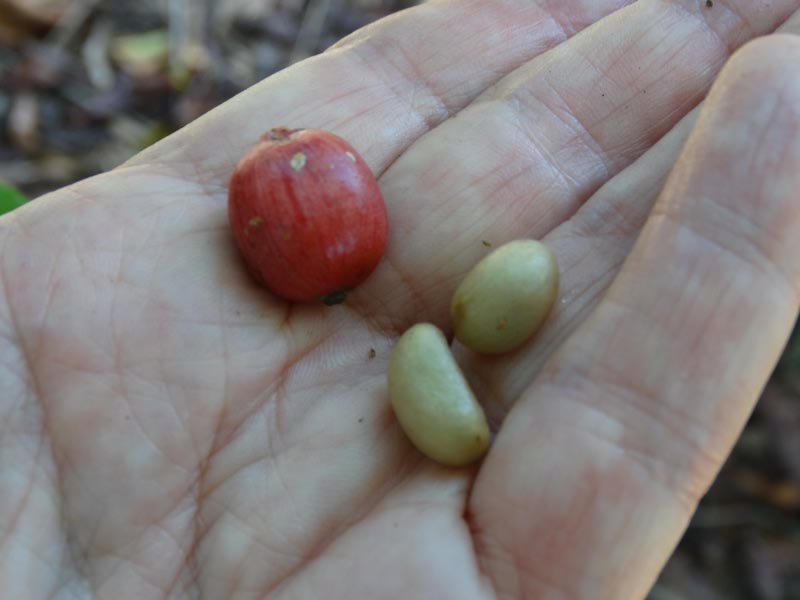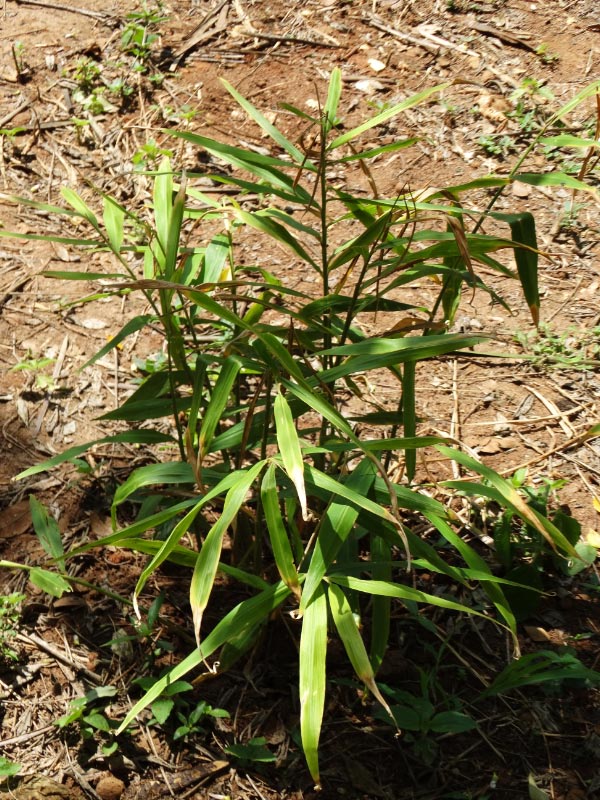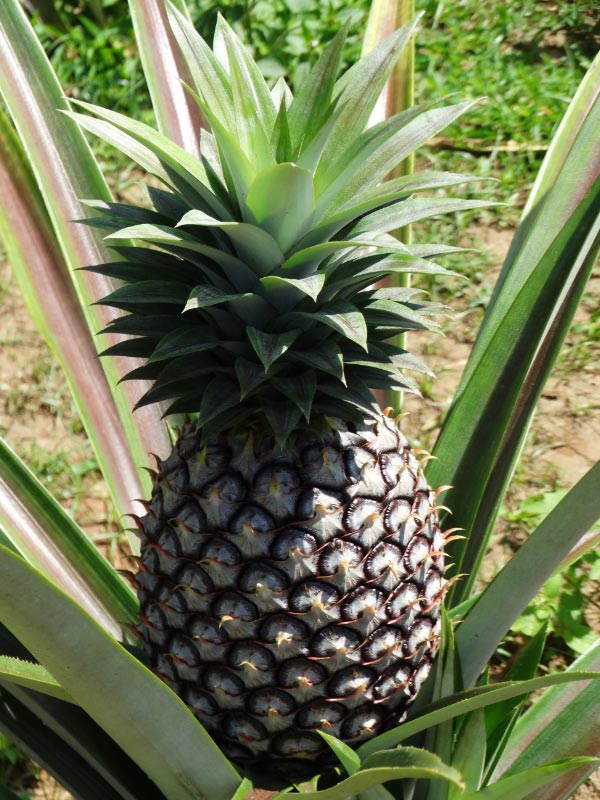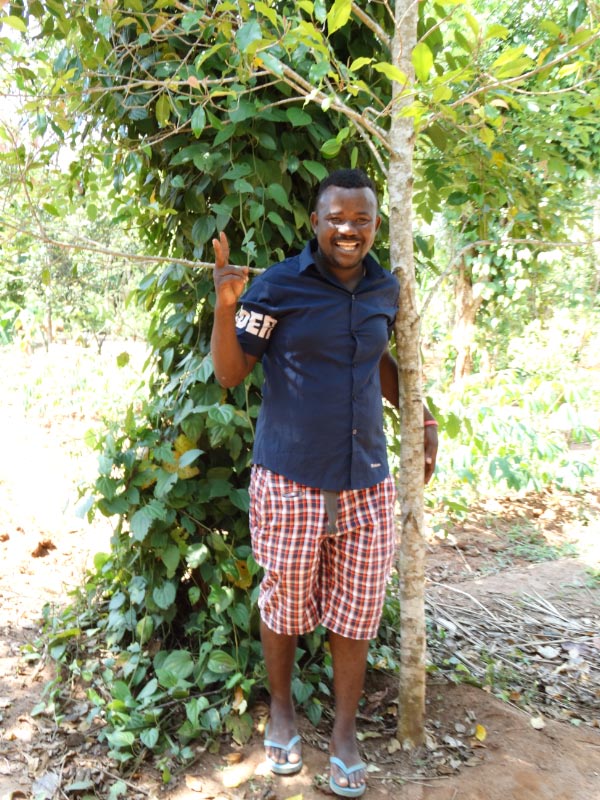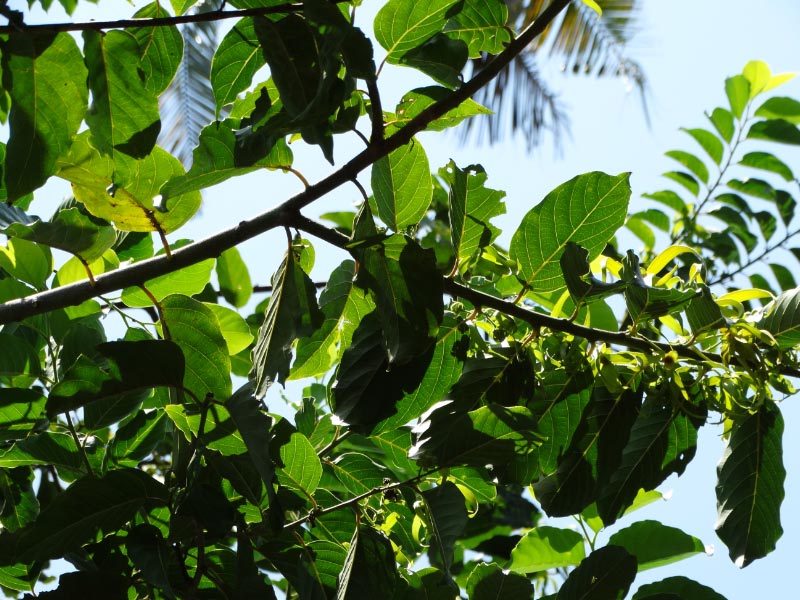Saturday, 8 October 2016
One of the ‘must do’ sightseeing events in Zanzibar is the Spice Tour. The spices that we saw aren’t native to Zanzibar, but were imported at different times during it’s history. The climate is conducive to growing spices. The most important spice is the clove.
I was most interested in seeing the various plants that produce the spices. Some like the mace, cardamom and black pepper were a surprise.
Photos follow of what we saw…
Lemongrass is used to keep mosquitoes away. It can be mixed with Green Tea oil to make a lotion.
Cinnamon. The leaf is boiled to flavour porridge and tea. The bark is used to flavour pilau, cakes and even gluhwein. The root has medicinal qualities much like menthol when boiled with coconut oil.
There are over twenty varieties of bananas grown in Zanzibar, this red banana is good to eat.
The leaves of the Henna tree are dried and mixed with tea and lime juice for art on hands in the Muslim tradition. It is also used as a hair dye.
The Vanilla vine had a yellow flower which is fertilised manually. A yellow pod grows from the flower. It is dried in the sun. The word ‘vanilla’ is the same in all languages.
The Annato tree or lipstick tree has a fruit which looks like a lychee, but its seeds are used as a dye and as makeup, colouring the lips and forehead.
There are two varieties of Papaya fruit. The large papaya tree grows small fruit and the small papaya tree grows large fruit.
Plantain or cooking bananas. The leaves are used as roofing and umbrellas.
Mimosa is a ground plant with a purple flower. When the leaves are touched they fold closed and will stay like that for about five minutes. A shy Muslim lady is referred to as ‘mimosa’. Mimosa is used for decoration and the root can be used for stomach ailments.
The Cassava root is cooked with coconut milk and is a common starch. The leaf has a spinach like flavour.
The Nutmeg seed has a red lacy covering or aril of the seed which is mace. Mace is used to flavour celery, spinach and tea. It is one of the ingredients for the Chanel No 5 perfume. The dried Nutmeg seed is used to flavour potatoes. Nutmeg is added to porridge as an aphrodisiac for women, complementing ginger for men.
The Cardamom pod grows from the base of the plant. It is used to flavour coffee and in cooking. It is also known to hide an alcohol breath.
Jack fruit is a large fruit which can be cooked as chips or eaten as fruit.
Star fruit is eaten as a fruit and also used as a table decoration.
Aloe Vera is used in soaps and as a perfume.
The Peppercorn vine produces green peppercorns which ripen to red. Green peppercorns can be washed and the skin removed then dried to produce white peppercorns. Red peppercorns can be dried to produce black peppercorns.
The Tumeric root is used in medicine, for example to clear pimples. It is also dried and ground to be used as a food colouring.
Arabic coffee beans are grown on the farm.
The Ginger root is used for flavourings, fresh or dried and ground.
Pineapple grow out of the stalk of a previous pineapple fruit.
The Clove is the most important spice in Zanzibar, and was the prime export after slaves during the slave trading days of the 18th to 19th centuries. Slaves were purchased to work the clove orchards. Today it is the second highest income earner for the island after tourism.
We were treated to an exhibition of a coconut butterfly – a young lean man placed a rope around his feet, which he used to assist climbing a coconut palm, and happily sang as he climbed. Our assistant guide had been busy weaving and presented us with crowns, bangles, a tie for Bruce and pendants for me, made out of coconut leaves – very clever. We were then treated to coconut meat and juice.
Our last stop was to the Langi Langi tree or cananga tree, which is valued for its essential oils used in aromotherapy. It was here that we were offered to purchase perfumes and soaps.
We were offered fresh fruit grown locally – mandarins, oranges, grapefruit, papaya, monkey bananas, and mango, and of course a further offer to buy spices. How I would have loved to bring home some of these fresh spices.
Certainly an interesting tour.
e_header.jpg)




